processing iron ore sinter

A Novel Sintering Process for Porous Iron Ore Sintering with
Granulation Index of Sinter Raw MaterialsSintering Behavior of Both Type of Iron OresEffect of Porous Iron Ore on Sinter QualitiesThe granulation indexes (GI) of sinter green mix are given in Table 4. Both the porous and dense iron ore of Indian origin have shown significant improvement in GI after calcined lime coating. The dense iron ore performs better granulation than porous iron ore under both the processing route. The GI of sinter raw mix improved significantly (almost ...
Iron ore sintering - ScienceDirect
2022年1月1日 The sintering process begins with preparation of a sinter mixture consisting of iron ore fines, fluxes, solid fuel (called bonding agents in Japan) such
获取价格
Iron Ore Sinter - an overview ScienceDirect Topics
The process basically consists of two reactors: a reduction shaft and a melter/gasifier reactor. Lump iron ore, sinter, and/or pellets are reduced by first being metallized in a
获取价格
Recent advances in iron ore sintering: Mineral
2016年8月24日 Sintering is the most economic and widely used agglomeration process to prepare iron ore fines for blast furnace use.
获取价格
Characteristics and Sintering Mechanisms of Iron Ores
2023年4月27日 The basic characteristics of Australian iron ore conc. (Ore-A) and its effects on sinter properties during a high-limonite sintering process were studied using micro-sinter and sinter pot methods. The
获取价格
Influence of Sinter Parameters on CO Emission in Iron Ore
2022年7月15日 Iron ore sintering is an agglomeration process of iron ore fines, fluxes, fossil fuel (coke and coal), and some iron-bearing waste materials in the ironmaking and
获取价格
Iron Ore Sintering SpringerLink
2023年6月8日 Iron ore sintering is the iron ore powder agglomeration process that changes fine iron ore powder into the lumpy iron-bearing raw material used for blast
获取价格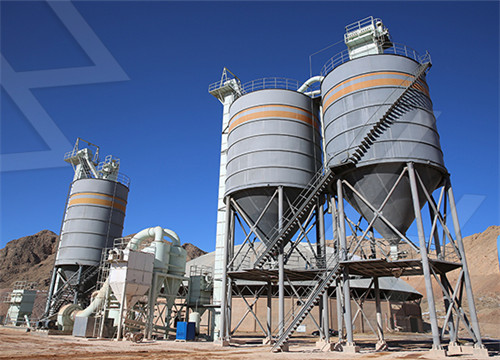
A Novel Sintering Process for Porous Iron Ore Sintering with
The present work proposes a novel process to sinter porous iron ore (porosity ~23–24%) with enhanced productivity and quality. The iron ore is pre-processed in the presence of
获取价格
Iron ore sintering - ScienceDirect
2022年1月1日 Abstract. Sintering is the most economic and widely used agglomeration process to prepare iron ore fines for blast furnace use. In this chapter, the sintering
获取价格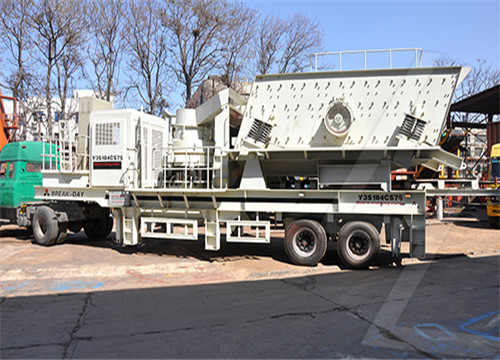
Iron Ore Agglomeration Technologies IntechOpen
2017年12月20日 Sintering is a thermal process (1300–1400°C) by which a mixture of iron ore, return fines, recycled products of the iron and steel industry (mill scale, blast furnace dusts, etc.), slag-forming elements,
获取价格
Porosity, Mineralogy, Strength, and Reducibility of
2022年9月30日 Iron ore sinter is the result of a complex physico-chemical reaction among the minerals present in the sinter mix in the sintering zone of heating and cooling. The precipitated mineral phases are influenced by
获取价格
How to Achieve Uniform Sinter Quality - Analyzing
2018年12月18日 Sinter is the primary feed material for making iron in a blast furnace. During the iron ore sintering process in iron and steel manufacturing, sinter is created by mixing iron ore concentrate with
获取价格
Effect of bed shrinkage on iron ore sintering process
2022年6月13日 Iron ore sintering entails high energy consumption and also produces significant pollution, responsible for the highest share of CO 2 emission, as well as SO 2 and NOx emissions, in the iron and steel production processes. 5 The SO 2 and NO X emissions from this process account for ∼70% and ∼40% of the total iron and steel
获取价格
Sinter plant - Wikipedia
Sinter plants agglomerate iron ore fines (dust) with other fine materials at high temperature, to create a product that can be used in a blast furnace.The final product, a sinter, is a small, irregular nodule of iron mixed with small amounts of other minerals. The process, called sintering, causes the constituent materials to fuse to make a single porous mass with
获取价格
A Novel Sintering Process for Porous Iron Ore Sintering with
2022年2月28日 The present work proposes a novel process to sinter porous iron ore (porosity ~23–24%) with enhanced productivity and quality. The iron ore is pre-processed in the presence of calcined lime for the temporary closure of pores, which further prevents water absorption during the granulation process in drum in the presence of water. The
获取价格
The Sintering Process of Iron Ore Fines – IspatGuru
2013年3月9日 The process of sintering is basically a pre-treatment process step during iron making for the production of the charge material called sinter for the blast furnace from iron ore fines and also from metallurgical wastes (collected dusts, sludge and mill scale etc.). The sintering technology was originally developed for the purpose of utilizing ...
获取价格
Variation in Iron Ore Sinter Mineralogy with Changes in Basicity
2022年9月30日 The target basicity of iron ore sinter is set by blast furnace slag composition requirements, and therefore varies with the proportion of acid burden such as lump iron ore and pellets. Increasing the lump proportion of the burden will increase the target sinter basicity. The mineralogy of sinter produced with a range of basicity between
获取价格
Disposal of zinc extraction residues via iron ore sintering process
2023年11月6日 The iron ore sintering process has the capability to handle and utilize complex raw materials, allowing for the reasonable utilization of zinc extraction residue. The addition of zinc extractant has been found to improve the sintering index, metallurgical properties, and gaseous pollutant emissions without significant negative effects. ...
获取价格
Minerals Free Full-Text A Short Review of the Effect of Iron Ore ...
2021年11月3日 The sintering process is a thermal agglomeration process, and it is accompanied by chemical reactions. In this process, a mixture of iron ore fines, flux, and coal particles is heated to about 1300 °C–1480 °C in a sinter bed. The strength and reducibility properties of iron ore sinter are obtained by liquid phase sintering. The
获取价格
Iron ore sintering - ScienceDirect
2015年1月1日 Sintering is the most economic and widely used agglomeration process to prepare iron ore fines for blast furnace use. In this chapter, the sintering process is first described and the key steps of the sintering process, namely, granulation and thermal densification, are identified. Discussion is then focused on the effect of the chemical ...
获取价格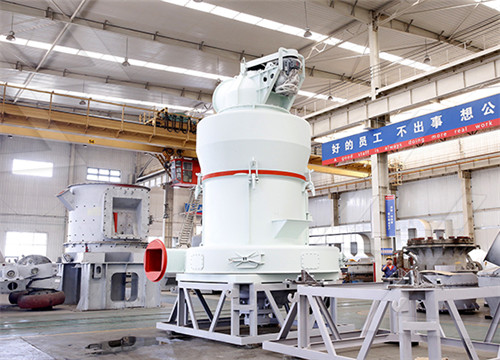
Sintering Pelletisation – Carbon steel materials
Sintering is the most widely used agglomeration process for preparing iron ore fines for blast furnace applications. We are using our expertise in iron ore sintering and evaluation of blast furnace burdens to assist industry to maximise the value of their resources, optimise product quality and reduce their environmental footprint.
获取价格
Advances in Sintering and Pellet Technology - MDPI
2023年10月26日 The objective of iron ore agglomeration is to generate a suitable product of granules in terms of thermal, mechanical, physical, and chemical properties. ... An efficient sintering process was proposed based on the autocatalytic denitrification of the sintered ore. The catalytic denitrification of sintered ore, the effect of double-layer ...
获取价格
(PDF) Iron Ore Sintering: Quality Indices - ResearchGate
2017年5月2日 Abstract and Figures. Sinter plants process a mixture of iron ore fines, recycled ironmaking products, slag-forming agents and solid fuel (coke) with the finality of obtaining a product with the ...
获取价格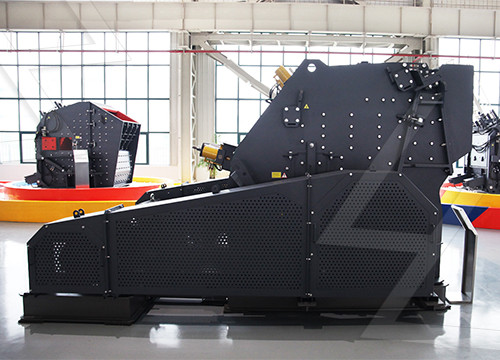
Iron ore sintering - ScienceDirect
2015年1月1日 Sintering is the most economic and widely used agglomeration process to prepare iron ore fines for blast furnace use. In this chapter, the sintering process is first described and the key steps of the sintering process, namely, granulation and thermal densification, are identified. Discussion is then focused on the effect of the chemical ...
获取价格
Sintering Pelletisation – Carbon steel materials
Sintering is the most widely used agglomeration process for preparing iron ore fines for blast furnace applications. We are using our expertise in iron ore sintering and evaluation of blast furnace burdens to assist industry to maximise the value of their resources, optimise product quality and reduce their environmental footprint.
获取价格
Advances in Sintering and Pellet Technology - MDPI
2023年10月26日 The objective of iron ore agglomeration is to generate a suitable product of granules in terms of thermal, mechanical, physical, and chemical properties. ... An efficient sintering process was proposed based on the autocatalytic denitrification of the sintered ore. The catalytic denitrification of sintered ore, the effect of double-layer ...
获取价格
(PDF) Iron Ore Sintering: Quality Indices - ResearchGate
2017年5月2日 Abstract and Figures. Sinter plants process a mixture of iron ore fines, recycled ironmaking products, slag-forming agents and solid fuel (coke) with the finality of obtaining a product with the ...
获取价格
Influence of Sinter Parameters on CO Emission in Iron Ore Sintering Process
2022年7月15日 Iron ore sintering is an agglomeration process of iron ore fines, fluxes, fossil fuel (coke and coal), and some iron-bearing waste materials in the ironmaking and steelmaking industry . Sinter is one of the main raw materials used in a blast furnace (BF) accounting for more than 70% ferrous burden of BF in China [ 2 ].
获取价格
Influence Mechanism of Zn on the Iron Ore-Sintering Mineralization Process
2023年1月18日 Recovery of metallurgical dust by sintering inevitably incorporates Zn into the sintered ore, which can have a significant impact on the ore formation process and the quality of the resulting ore. Through miniature-sintering experiments and theoretical first-principles calculations, this paper analyzes in detail the influencing mechanism of Zn on
获取价格
Iron processing Definition, History, Steps, Uses, Facts
2023年12月18日 iron processing, use of a smelting process to turn the ore into a form from which products can be fashioned. Included in this article also is a discussion of the mining of iron and of its preparation for smelting. Iron (Fe) is a relatively dense metal with a silvery white appearance and distinctive magnetic properties.
获取价格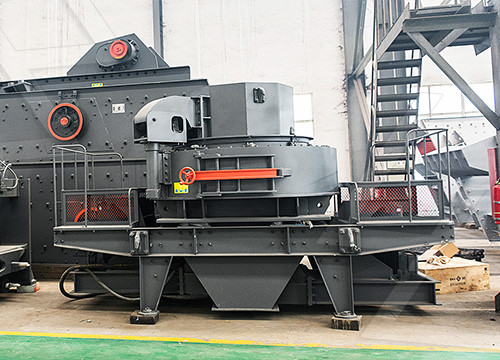
Agglomeration of Iron Ores SpringerLink
2023年6月11日 It is an important process of modern iron and steel complex. Iron ore powder agglomeration processes include sintering, pelletizing, and briquetting. The product from sintering process is called sinter, the product from pelletizing process is called pellet (Fig. 1), and the product from briquetting process is called “briquette.”
获取价格
Enhancing the degradation of dioxins during the process of iron ore ...
2021年4月1日 During this process, iron ore fines, recycled iron-bearing materials, fluxes, and solid fuel including coke breeze, anthracite, etc., were thoroughly mixed and then agglomerated into finished sinter under 1300 °C provided by the combustion of solid fuels.
获取价格
Minerals Free Full-Text Quantitative Investigation of MgO,
2022年1月6日 Secondary hematite (SH) is a serious factor resulting in reduction degradation of iron ore sinter in a blast furnace; however, until now, a quantitative study for SH formation had not been reported. In this work, the effects of gangue composition, including MgO, Al2O3 and SiO2, on the solid-state formation in the sintering process of
获取价格
Comprehensive evaluation of sintering basic characteristics of
the iron ores, which reflects the iron ores behavior and function appearing in the sintering process. Therefore, mastering the sintering basic characteristics has a great significance in understanding the sintering mechanism. Kasai and Saito [12] studied the assimilation and melt-formation of the iron ores in the sintering process using the
获取价格
Iron Ore Sinter – IspatGuru
2014年7月15日 AI, blast furnace, RDI, RI, sinter, sintering process, strength, TI, Iron Ore Sinter Iron ore sinter or simply called sinter is usually the major component of a blast furnace iron bearing burden material. Sinter normally consists of various mineral phases produced by sintering of iron ore fines with fluxes, metallurgical wastes and a solid fuel.
获取价格
Metals Free Full-Text Effect of Cooling Methods on the ... - MDPI
In the iron making process, a high mechanical strength is favorable for iron ore sinters in the blast furnace, and the bonding phase is regarded as one of the key components that determines the quality of the iron ore sinter, in which the silico-ferrite of calcium and aluminum (SFCA) is one of the typical phases. In this study, synthesized samples with
获取价格
Raw materials - Sinter plant ArcelorMittal
The sinter plant turns iron ore into sinter, which is the optimal product for the blast furnace. Sinter is made by burning a mix of iron ore powder, fluxes and recycled substances from the steel plant to create an open-grained, consistent substance. The sinter is then crushed, cooled and screened for dust. Sometimes, iron ore is supplied in the form of iron ore
获取价格